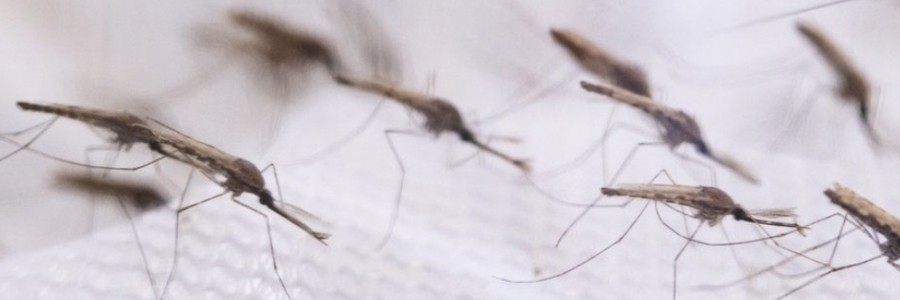
New Gene drive to tackle malarial mosquitos

The next generation of genetic modification (GM) technology, lab-tweaked gene into an organism, gene drive technology goes even further by automatically replicating itself, and removing a specific natural gene.
If an animal (parent A) that contains a gene drive mates with one that doesn’t (parent B), then in the forming embryo that starts to combine their genetic material, parent A’s gene drive immediately gets to work.
It recognizes the natural gene version of itself in the opposite chromosome from parent B, and destroys it, by cutting it out of the DNA chain. Parent B’s chromosome then repairs itself – but does so, by copying parent A’s gene drive. So the embryo and the resulting offspring are all but guaranteed to have the gene drive, rather than a 50 per cent chance with standard GM- because an embryo takes half its genes from each parent.
Gene drives are created by adding something called Crispr, a programmable DNA sequence, to a gene. This tells it targets the natural version of itself in the DNA of the other parent in the new embryo. The gene drive also contains an enzyme that does that actual cutting.
Gene drives can be used to greatly reduce the number of malarial mosquitos and other pests or invasive species. The process is more effective than standard DNA because as every single offspring has the introduced gene trait it spreads much faster and further.
Target Malaria is one organization that has developed gene drives that stop mosquitos from producing female offspring. This is important as only the female mosquitos can bite and without females, mosquito numbers will plummet.
The main aim is to reduce the number of people who die from malaria, and according to the World Health Organization 627, 000 in 2020. In Africa 241 million cases in 2020, are estimated to cost £9.7bn ($12bn) in reduced economic output every year.
The financial effect of invasive species includes cane toads, lionfish, brown snakes, fruit flies, zebra mussels, and Japanese knotweed.
In the US and Canada, £21bn ($26bn) is the cost according to the US Department of Agriculture’s National Invasive Spices Information Center, and globally the impact is about $F1.29tn over the past 50 years.
“GM drives are GM on Steroids supercharged” and according to Dr Jonathan Kayondo a principal investigator for Target Malaria in Uganda, “the natural gene drives already exist – dominate or selfish genes that override weaker ones. Malaria is one of the oldest diseases on the planet and despite decades of efforts, a child still dies of malaria every minute. Innovative approaches are urgently needed as both the malaria mosquito and the malaria parasite are becoming increasingly resistant to current methods. Gene drive approaches could be part of an integrated approach to combat malaria complementing existing interventions”.
